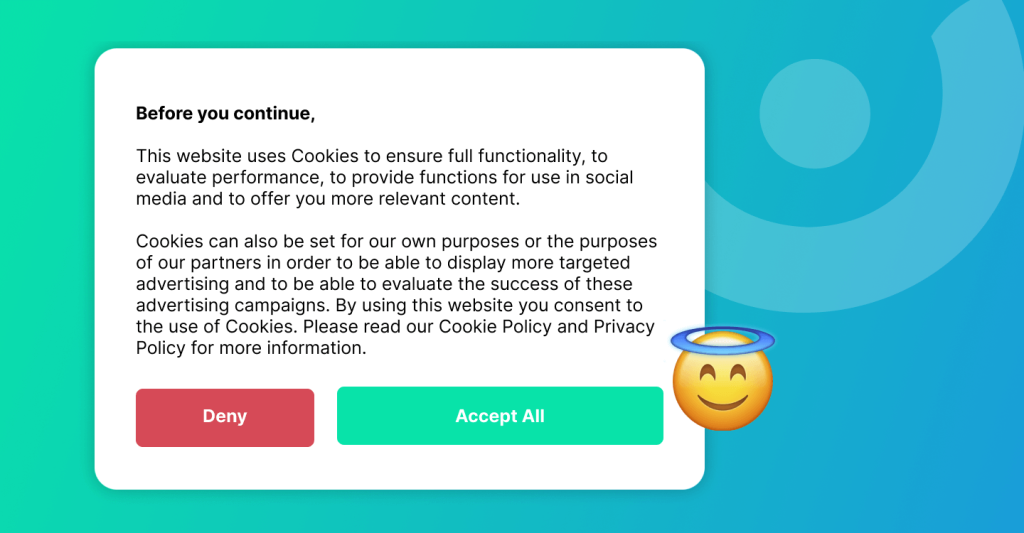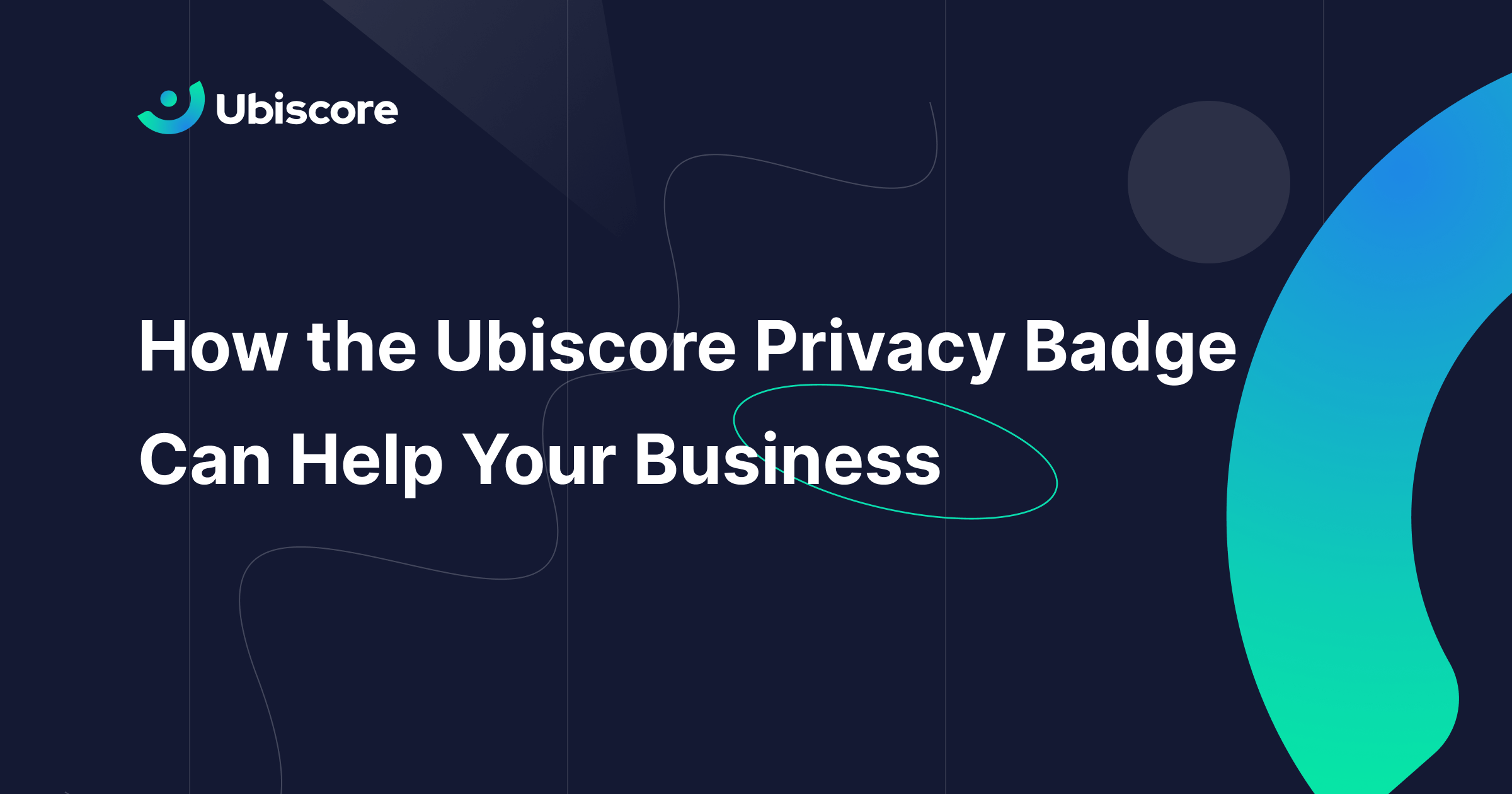What Are Dark Patterns?
Dark patterns are user interface design choices that benefit an online service by coercing or deceiving users into making unintended and potentially harmful choices.
Dark patterns trick us into taking actions we otherwise wouldn’t have taken—like spending more money than we had planned, subscribing to a newsletter we don’t want, or accepting tracking methods that violate our privacy.
User experience designer Harry Brignull is the creator of the term, and actually ended up rebranding his website from darkpatterns.org to www.deceptive.design in order to come up with a more inclusive term to describe them.
Essentially, dark patterns lead us into taking actions that favor the business. Shareholder value takes precedence over user value.
An example of a dark pattern could be a cookie banner/consent banner that has 2 buttons, like “ACCEPT ALL” and “DENY ALL”. The “DENY ALL” button will typically be much smaller or otherwise harder to see with a different color. Then the website will obviously try to get you to ACCEPT ALL tracking on their side…which is basically like handing over all your data! It’s bad for your own privacy protection and puts your info at risk of being stolen.

Although you were technically given the option to DENY ALL, you probably didn’t completely understand everything you read, and you could hardly see the fine print. This isn’t “consent”—it’s manipulation.
Dark patterns do however exist on a spectrum. They could be just viewed as clever marketing in some cases that comply with FTC regulations. But many times, these patterns are really nothing more than scams. Today we’ll look at some more examples of potentially dark patterns, and discuss how people can avoid getting tricked by them.
How Do Dark Patterns Influence Us?
We aren’t in control of our actions as much as we like to think. Instead of weighing the pros and cons of a decision, oftentimes, we just do what’s convenient, easy, or what most other people are doing, instead of thinking about what’s best for us.
Dark patterns involve the owners of a website or app intentionally trying to nudge people in a certain direction. There are many types of dark patterns, such as:
- Hidden costs: You get to the last step of checkout only to realize some unexpected charges, like delivery fees or taxes
- Disguised ads: Ads that are disguised as blogs or other kinds of content to get you to click on them
- Price comparison prevention: The retailer makes it difficult to compare prices easily to prevent you from making an informed decision
If you want to learn more about the different kinds of dark patterns, you can read the full list HERE. There is also some interesting research available on the impact of dark patterns (1, 2, 3)
Dark patterns are dangerous, manipulative, and unfortunately very common nowadays. There’s a clear power imbalance that exists between users and organizations.
The problem is even worse when it comes to apps that target children, since people under the age of 18 are generally considered as not having the capacity to make decisions for themselves, and cannot give informed consent.
How Can We Fight Back Against Dark Patterns?
Companies only stand to profit off dark patterns. But knowledge is power, and by reading articles like this and educating yourself on the different types of dark patterns listed above, we can start to fight back against the manipulation that’s happening.
Another way we can win is by reporting cyberthieves…the Dark Pattern Tip Line is there for just that purpose. On the “Harms” page, you can submit a case, and there’s also a “Sightings” page where you can explore popular companies and how they’ve used dark patterns in the past.
However, even after studying these examples, we understand that it can still be difficult to detect dark patterns on your own, especially in today’s fast-paced world where you don’t always have the time to research every single website you interact with.
That’s why with Ubiscore, our plan is to detect these potentially dark patterns FOR you. If we do catch companies using dark patterns, that will negatively affect their Ubiscore, which will encourage them to start being more privacy-friendly and start paying attention to Privacy by Design.
If you’d like to get a free privacy score for your company and start exploring how Ubiscore can help you detect dark patterns, just sign up for our platform below! And don’t worry—we promise to be transparent and send you a reminder before your free trial ends.
Here’s to privacy and science!
Test your company’s privacy practices, CLICK HERE to receive your instant privacy score now!




